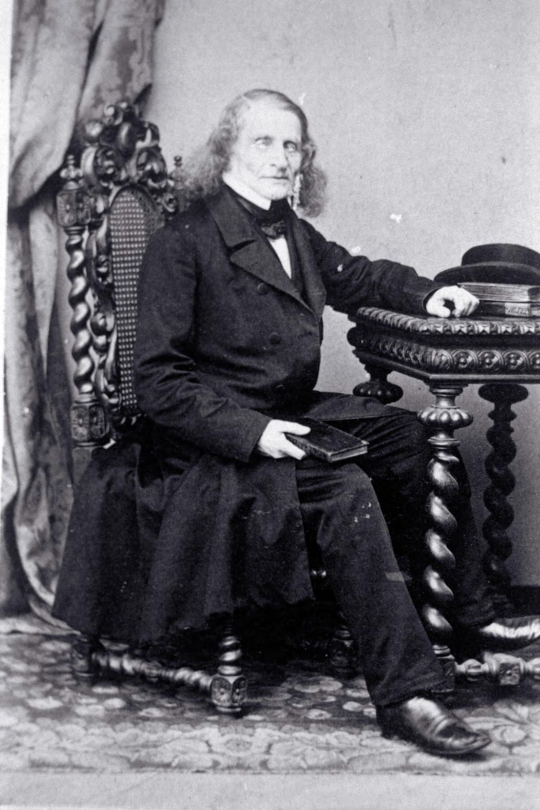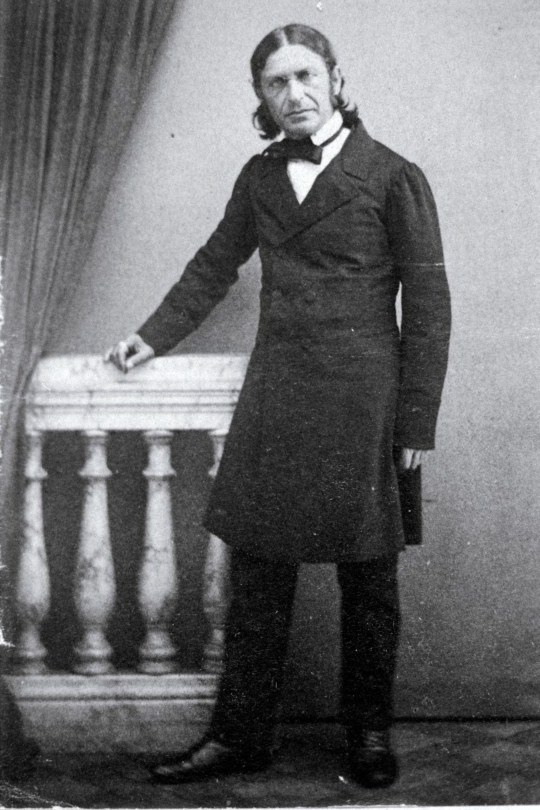By Josh Daniels, Former Research Intern
Growing up in a secular household,
I had only a loose connection to the religion of Judaism. I attended Hebrew school twice a week for
five years, and studied eight months independently for my bar mitzvah. I attended High Holiday services throughout
my high school years, and ended up all but renounced my religious identity into
college, where, ironically, I majored in religion and culture. I was always taught that social liberalism
and commitment to universal human rights were sufficient markers of my Jewish
identity. While I believe these traits
are central to Judaism, they never gave me the drive to associate myself with
any particularly Jewish values or practices.
After all, given my relatively secular upbringing, why should I not just
embody humanist values? It wasn’t until
completing my undergraduate work in the study of religion that I realized that
being intellectually fulfilled was a crucial part of a religious identity, and
I found the Jewish intellectual tradition to be a rewarding avenue for
articulating my own identity. It was hard to find a place to start however,
considering my upbringing. As much as
I’d learned while earning my degree, it was still hard for me to feel honest
doing things like laying tefillin, especially since it was barely two years ago
that I professed a fairly militant atheism.
Subsequently, I became particularly
interested in the intellectual basis of Reform Judaism, which I saw as an
opportunity to connect with both tradition and the modern world. I turned my
attention to the archives at the Center for Jewish History, and through my
research, found that the roots of the Judaism I was brought up in can be traced
back to 19th century Germany.
Germany at the time was a hotbed of ideas and had a century to react to
the emergence of enlightened rationalism. Germany was churning out literary and
philosophical giants such as Goethe and Hegel.
Enlightenment thinking affected Jews and gentiles alike, as there arose
many thinkers in Germany in the 1800’s whose ideas would have repercussions for
Jews in Europe as well as America. As
other secular or Reformish acquaintances of mine can attest, the real nuts and
bolts of these early reformist ideas were absent from our Jewish
education. Therefore, I will use my
interest in the history of Reform Judaism in 19th century Germany
and America to write a two-part series of blog posts hoping to give context for past
attempts at reconciling Judaism with modern culture.
The Reform movement in 19th
century Germany can be understood by highlighting a few of its prominent
voices. Reform began in 19th
century Germany despite the obstacles of ideological irrelevance in the wake of
Enlightenment rationalism and political subjugation. Following the disintegration of the Holy
Roman Empire, Germany consisted of a confederation of 39 different
German-speaking states, all of which varied in their legislative influence on their
Jewish communities.[1] Early on in the 1800s, reform was generally
an urban phenomenon, mostly supported by members of the wealthier, educated
classes.
One of the first attempts at a
resurrection of Judaism culturally and politically was the formation of the
Society for the Culture and Science of the Jews. The society was comprised of “a young
generation of Jews educated at German Gymnasiums and universities [which]
gathered from 1819 to 1824.”[2]
Despite the eventual conversion of almost all
of the members to Christianity, one figure remained stalwart in his pursuit of
the Society’s original goal. This man
was Leopold Zunz (1794 – 1886). Often
spoken of in the same breath as Moses Mendelssohn, Zunz was educated in the
study of Classics and History at Berlin University.[3] He continued with the initial project of the
Society, developing the Science of Judaism (Wissenshaft
des Judentums), the precursor to what we would today consider the academic
study of Judaism.

Jul Loewensohn, “Seated studio portrait of Leopold Zunz holding a book; Berlin Portraits Men,” Franz Rosenzweig Collection AR 3001, F AR 3001, Call # F3824N, Leo Baeck Institute. http://search.cjh.org/beta:CJH_SCOPE:cjh_digitool884570
This work helped to
legitimized Judaism in the eyes of the educated classes of Germany and give
Judaism a place in 19th century intellectual life. This work was of considerable importance
towards the work of reform, considering the political situation at the time
widely barred Jews from positions in academia, education, and government. Interestingly enough, however, “Zunz himself
ultimately gave up hope for reform and confined himself to strictly historical researches,
even adopting increasingly orthodox practices as he aged.”[4]
If
Leopold Zunz represented the academic face of the reform movement, then Abraham
Geiger and Samual Holdheim represented the theological face. Geiger, too, was engaged in the work of
forming a science of Judaism, but did so by incorporating this work into his
rabbinic career. Raised in an Orthodox
family, he quickly entered secular university and began the work of reform.[5] Geiger was often at odds with more conservative
members of his community, refusing to compromise by relinquishing “beth din
(the Rabbinical Court) and the halakhic (legal) functions” of the Breslau
Jewish community to Rabbi Solomon Tiktin, and refused a position as head of the
Berlin Jewish Reform Congregation on the grounds that reform must not cause a schism
in the Jewish community as a whole.[6]

“Seated studio portrait of Abraham Geiger, Portraits Men,” circa 1860, Abraham Geiger Collection AR 29 AR 29, call # F 2200, Leo Baeck Institute.http://search.cjh.org/beta:CJH_SCOPE:cjh_digitool891829
Geiger’s theology was based on the idea that
Judaism evolved naturally over time, and that it was necessary to rely on these
historical processes which worked over centuries for the work of reform. Geiger understood the history of Judaism to
be divided into four different periods: Revelation, Tradition, Rigid Legalism,
and finally Liberation and Criticism. In
his own words, the task which confronts Judaism in this current stage was:
The loosening
of the fetters of the previous period [Rigid Legalism] through the use of
Reason and historical investigation – without interrupting the connection with
the past. It is a period of attempts at
self-renewal, of bringing the historical process into flux again, a period of
criticism.[7]
Last, Samuel Holdheim, in
contrast with Abraham Geiger, believed in a radical break with the past. Holdheim’s focus on a departure from
tradition is at odds with his education as a “Talmudist of the old school.”[8] His theology was based on what he thought was
a radical misunderstanding “of the events of the year 70 C.E., when the Jewish
State and the Jerusalem Temple were destroyed.
The task of the nineteenth-century Jew, therefore, was to get back to
the Bible – or, at any rate, to those parts of the Bible which, according to
Holdheim, were meant to have eternal validity.”[9] For Holdheim, the destruction of the Temple
was due as much to the action of God as the actions of the Romans. This unique reading of history upended such
concepts as Jewish racial purity, allowing mixed marriages, and observance of
the laws associated with the ancient Jewish theocracy in Palestine.[10] These details of these two thinkers’ legacies
are presented in several 20th century manuscripts which are
accessible in the digital collections of the Center for Jewish History.
The
waves that these thinkers made in the intellectual and theological worlds in
Germany would first be exported to America in relatively insular German-Jewish
communities know as Landsmanschaften,
but given the absence of a deeply entrenched orthodox monolith in America, they
would soon spread and develop in unique ways, which I will explore in the next
entry.
Editor’s note: you can read more about the origins of the Reform movement in the YIVO Encyclopedia of Jews in Eastern Europe (http://www.yivoencyclopedia.org/article.aspx/Reform_Religious) or Jewish Encyclopedia (http://www.jewishencyclopedia.com/articles/12634-reform-judaism-from-the-point-of-view-of-the-reform-jew).
References
2008. German Confederation. August 21.
https://www.britannica.com/topic/German-Confederation.
Hill, Harvey. 2007. “The Science of Reform:
Abraham Geiger and the Wissenschaft des Judentum.” Modern Judaism
329-349.
2004. “Leopold Zunz.” Encyclopedia of
World Biography.
Petuchowski, Jakob J. 1976. “Abraham Geiger and
Samuel Holdheim – Their Differences in Germany and Repercussions in
America.” New York City: Leo Baeck Institute, April 12. Hyperlink: http://search.cjh.org:1701/beta:CJH_SCOPE:CJH_ALEPH004613018
Wallach, Luitpold. 1958. “The Thoughts of
Leopold Zunz.” Center for Jewish History: Digital Archives. Hyperlink: http://search.cjh.org:1701/beta:CJH_SCOPE:CJH_ALEPH000202068
[1] (German Confederation 2008)
[2] (Wallach 1958)
[3] (Leopold Zunz 2004)
[4] (Hill 2007)
[5] Ibid.
[6] (Petuchowski 1976)
[7] (Petuchowski 1976)
[8] Ibid.
[9] Ibid.
[10] Ibid.

